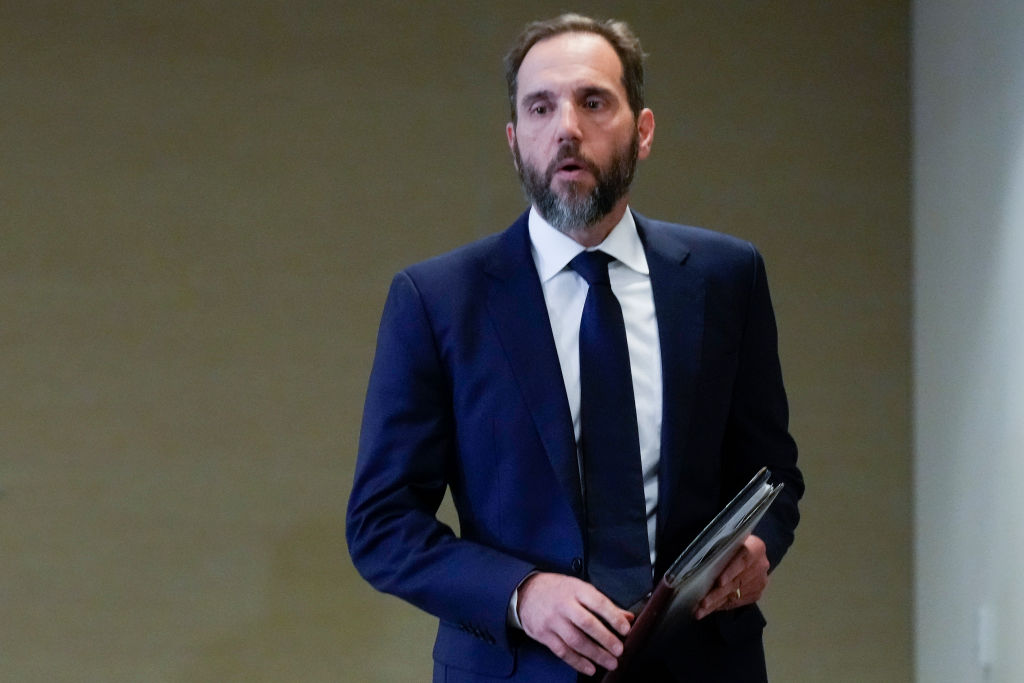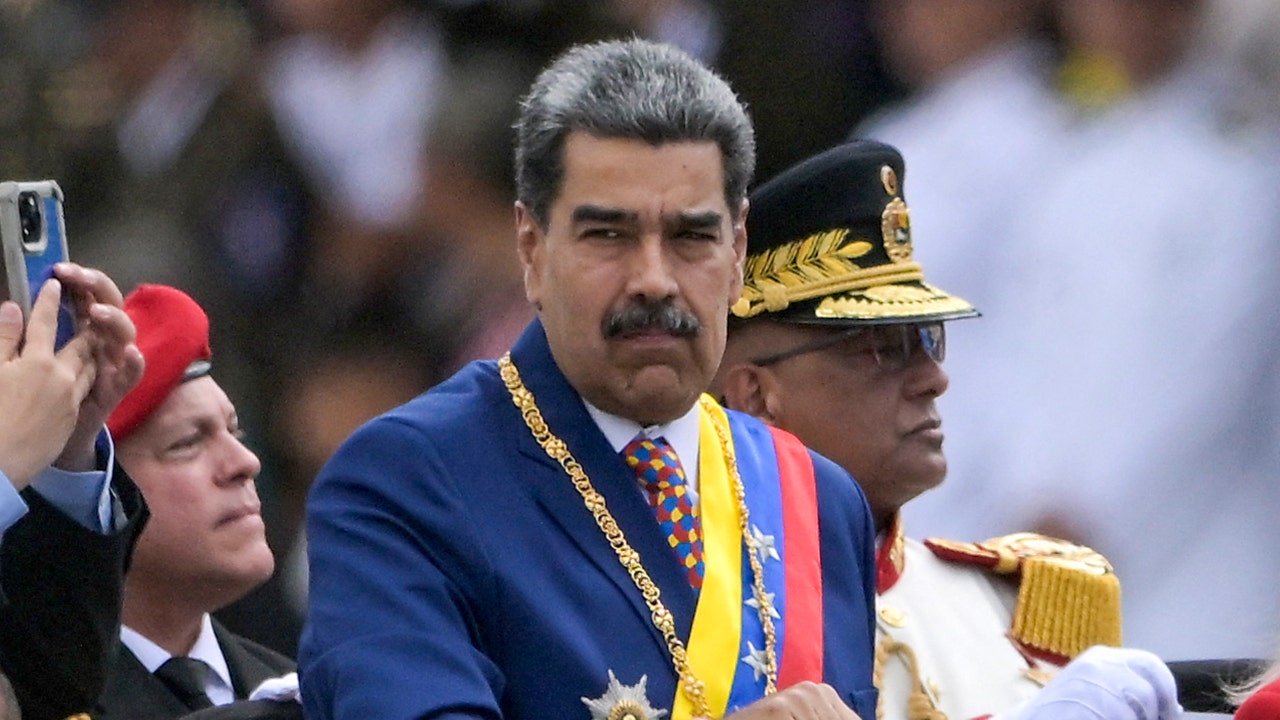Voter turnout – both statewide and in Los Angeles County – saw a drop during the 2024 general election compared to four years earlier, according to a new report by USC’s Center for Inclusive Democracy.
To be fair, voter turnout was historically high in 2020, and compared to other presidential election years, last November remains one of the higher turnout years, said Mindy Romero, the center’s director and the lead author of the study.
Still, Romero said it’s disappointing to see a decrease in turnout last year, adding that it’s particularly concerning that certain minority groups – including Latinos and Asians – and younger voters saw larger drops in participation than other populations.
“Even if 2024 wasn’t a bad year historically, we’re still talking about declines,” Romero said. “That some groups are declining more than others … it becomes even more problematic.”
“The story of 2024 isn’t just that everybody turned out a little less,” she continued. “It’s that we actually became a less representative electorate.”
Statewide, turnout among eligible voters in 2020 was 66.8%, according to data compiled by the Center for Inclusive Democracy. That figure dropped to 62% in 2024.
In L.A. County, the percentage of eligible voters who cast ballots in 2020 was 66.2%, slightly lower but still on par with the state overall. The county figure dropped to 61.4% in November – a decrease of 4.8 percentage points.
California, and L.A. County, weren’t alone in seeing a drop in voter turnout. Nationally, although 2024 had one of the highest election turnouts of the past century, it was still lower than in 2020, the nonpartisan Pew Research Center found.
What’s further concerning for Romero is that the decrease in voter participation was uneven.
Statewide, over 2.67 million (17.3%) of registered voters who voted in 2020 sat out the election in 2024. In L.A. County, that was the case for nearly 783,000 people (or 20.6% of registered voters).
The numbers are even higher for certain subgroups.
Twenty-five percent of Latinos statewide and 26.6% of them in L.A. County skipped out of voting in 2024, though they cast ballots four years earlier. The same could be said for 20.9% of Asians statewide and 23% in L.A. County.
Among Black voters, 19.6% statewide and 20.6% in L.A. County voted in 2020 but did not four years later.
But White voters, as a subgroup, saw a smaller decrease than the state or county as a whole: 11.5% of White voters statewide and 13.2% in L.A. County skipped voting in 2024 after casting ballots four years earlier.
The data also showed large disparities in the percentage of “lost voters” by age groups.
In L.A. County, 33.2% of voters ages 18 to 24 who voted in 2020 stayed home four years later. Seniors 65 and older saw a 14.7% drop – less than half the loss reported among the youngest group of voters. The same held true statewide.
As for political affiliations, in L.A. County, 18.9% of Democrats sat out the election in 2024 after casting ballots in 2020. That was also the case for 15.8% of Republicans, 28.8% of voters with no party preference and 26.2% of voters registered with other parties.
Laurice Sommers, co-president of the League of Women Voters of Greater Los Angeles, said there have been dropoffs in voter turnout among first-time and younger voters in the past. So such declines, while disappointing, aren’t necessarily surprising to her.
To promote youth engagement, the league works with community colleges to encourage voter registration events. In addition, the league has worked with high schools to pre-register students as young as 16 to vote so that they’re sent reminders to cast ballots when they turn 18.
Sommers believes that misinformation or disinformation has scared away people from voting. That’s why the League of Women Voters, a nonpartisan group, provides education to the public on how to spot inaccuracies and where voters can turn for factual information. Sommers hopes such efforts will lead to greater civic engagement.
“Democracy is a participation sport. It works. It’s exciting. But only if people participate, vote, contact their electeds,” she said.
Romero has her own theories as to why fewer voters showed up in 2024.
Voter turnout in 2020 may have been higher due to a combination of increased activism sparked by the death of George Floyd, a Black man who died at the hands of a White officer in Minnesota, and as more Democrats and progressives worked to oust President Donald Trump, who was then wrapping up his first term.
But in 2024, Romero said, an increasing number of eligible voters may have grown frustrated with their options for president or wondered if their vote truly mattered.
“I think a lot of Americans were really tired and disillusioned by their choices,” Romero said. “It felt like a repeat (election). They weren’t happy with (President Joe) Biden. They weren’t happy with (Vice President Kamala) Harris. They weren’t happy with Trump. … Many people sat it out.”
Moving forward, Romero said, the government should invest more in providing local election offices, such as county registrars’ offices, with greater resources so they can conduct more voter outreach. Philanthropic organizations could also help with investments, she said.
“Our state and our society should be investing more in not only making our elections more accessible but encouraging people to participate and help them find the meaning in their vote,” she said.
SCNG’s Kaitlyn Schallhorn contributed to this report.














